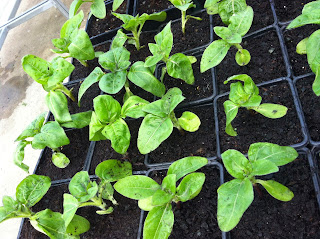Actual Temperature
19 degrees Celsius
Humidity : 85%
Rainfall : 0.00mm
Wind : Light Wind
On Wednesday we had Establish and Maintain Plant Collection Unit with Paula Griannah in Harbour Terrace. In the morning we went to L Block to removed all the unwanted weeds at the entrance of the building. After removing the weeds, we gave a clean sweep on the pavement so its looks really tidy.
After the morning break, we moved to Harbour Terrace to work on the permaculture garden. We removed of dead, damaged or diseased of plant material and compost each side. We bring the compost by lifting using shovel into the wheel barrow. Finally we compost all the beds and mulched them with pea-straw. The reason we use pea-straw are avoiding weeds. nitrogen fixation because pea is the family of legumes.
All the unwanted plant material is shifted to the compost bins and added horse manure with dead lawns. Finally we watered the beds using water can and garden waste is disposed appropriately and are are left tidy. Tools and equipment are cleaned and stored in accordance and adjourned at 4.00pm.




















































